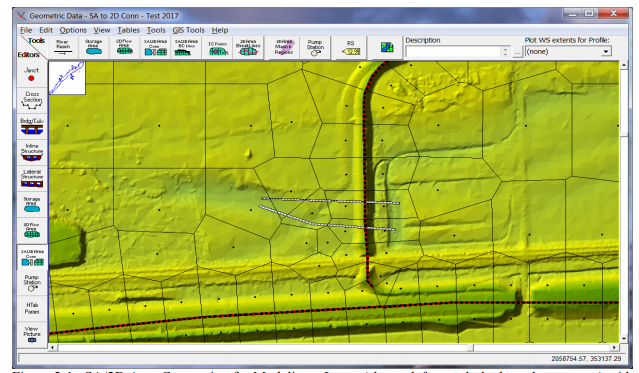
However, despite the availability of detailed, high-resolution topographic data, the lack of observed data prevents an adequate evaluation of the amount of data produced by any hydraulic model ( Hunter et al., 2007).
#Starcraft remastered youtube full#
The recommended one by the scholars is the Full Momentum model ( Abderrezzak, Paquier & Mignot, 2009 Cunge, 2003). In the literature, there are many studies dedicated to shallow-water equations (SWEs) for modeling flood inundation simulations in both Full Momentum and simplified models. The choice of the hydrodynamic model is one of the crucial elements of flood modeling. Although, as human beings, we cannot control or stop such kinds of events, the frequency of occurrence and the level of damage could be effectively reduced through flood risk mapping, spatial planning and flood modeling using different techniques. Recently, monitoring LULC changes using Remote Sensing (RS) has become an effective tool ( Ali, Bohloul & Hosein, 2010 Apollonio et al., 2016 Mustafa & Szydłowski, 2020 Sanyal, Densmore & Carbonneau, 2014 Sharif et al., 2016 Shrestha, 2003 Zope, Eldho & Jothiprakash, 2016), and the Geospatial Information System (GIS) and hydrological modeling packages are a popular approach among researchers to delineate flood hazards and for flood mapping. Moreover, rapid change in Land Use Land Cover (LULC) is considered to be a source of decreasing ground imperviousness, resulting in an increase in the amount of surface runoff. Many researchers from different continents have studied the characteristics, effects and consequences of extreme rainfall events which happened under different hydrological circumstances ( Arnbjerg-Nielsen, Leonardsen & Madsen, 2015 Ávila, Carvajal & Justino, 2015 Fu et al., 2013 Mustafa, Muhammed & Szydłowski, 2019 Rajeevan, Bhate & Jaswal, 2008 Ruin et al., 2014 Szpakowski & Szydłowski, 2018 Yilmaz, 2015). The Emergency Events Database EM-DAT of the Center for Research on the Epidemiology of Disasters (CRED) found that flooding caused the majority of disasters between 19, accounting for 43% of all reported events and affecting almost 2.5 billion people ( CRED, 2015). Moreover, the study aims to produce a deeper comprehension of numerical modeling and urban flooding.įloods and flood modeling are a hot topic in the research field of hydrology and hydrological modeling. Furthermore, this study confirms the importance of the BR technique, which should help researchers in using low-resolution Digital Elevation Models (DEMs) along with open-source programs. As far as the BR technique is concerned, it is well-suited for representing building units in numerical simulations using high Manning coefficients. A sensitivity analysis showed that the proper mesh resolution and model parameter values were obtained. A statistical analysis was performed using both the Root Mean Square Error (RMSE) and the Pearson Product-Moment Correlation Coefficient (PPMCC) in order to evaluate the performance of the models.


Water depth variation computations using the BR and BB techniques were compared to the laboratory measurements and previous studies in the literature.

Two simplified building layouts (aligned and staggered) were examined, where models were prepared for two different building representation techniques: Building Block (BB) and Building Resistance (BR). To this end, eight numerical models based on previous laboratory experiments were prepared to simulate unsteady urban flooding on each side of building units. This paper presents the impact of the choice of building representation techniques and hydrodynamic models on urban flood simulations using HEC-RAS 2-D for the Toce River physical model.

Application of different building representation techniques in HEC-RAS 2-D for urban flood modeling using the Toce River experimental case. Cite this article Mustafa A, Szydłowski M. For attribution, the original author(s), title, publication source (PeerJ) and either DOI or URL of the article must be cited. Faculty of Civil and Environmental Engineering, Gdansk University of Technology, Gdańsk, Poland DOI 10.7717/peerj.11667 Published Accepted Received Academic Editor Monika Mortimer Subject Areas Coupled Natural and Human Systems, Natural Resource Management, Environmental Impacts Keywords Urban floods, Urban topography, HEC-RAS 2-D, Building representations, Numerical simulation, Hydrodynamic modeling Copyright © 2021 Mustafa and Szydłowski Licence This is an open access article distributed under the terms of the Creative Commons Attribution License, which permits unrestricted use, distribution, reproduction and adaptation in any medium and for any purpose provided that it is properly attributed.


 0 kommentar(er)
0 kommentar(er)
